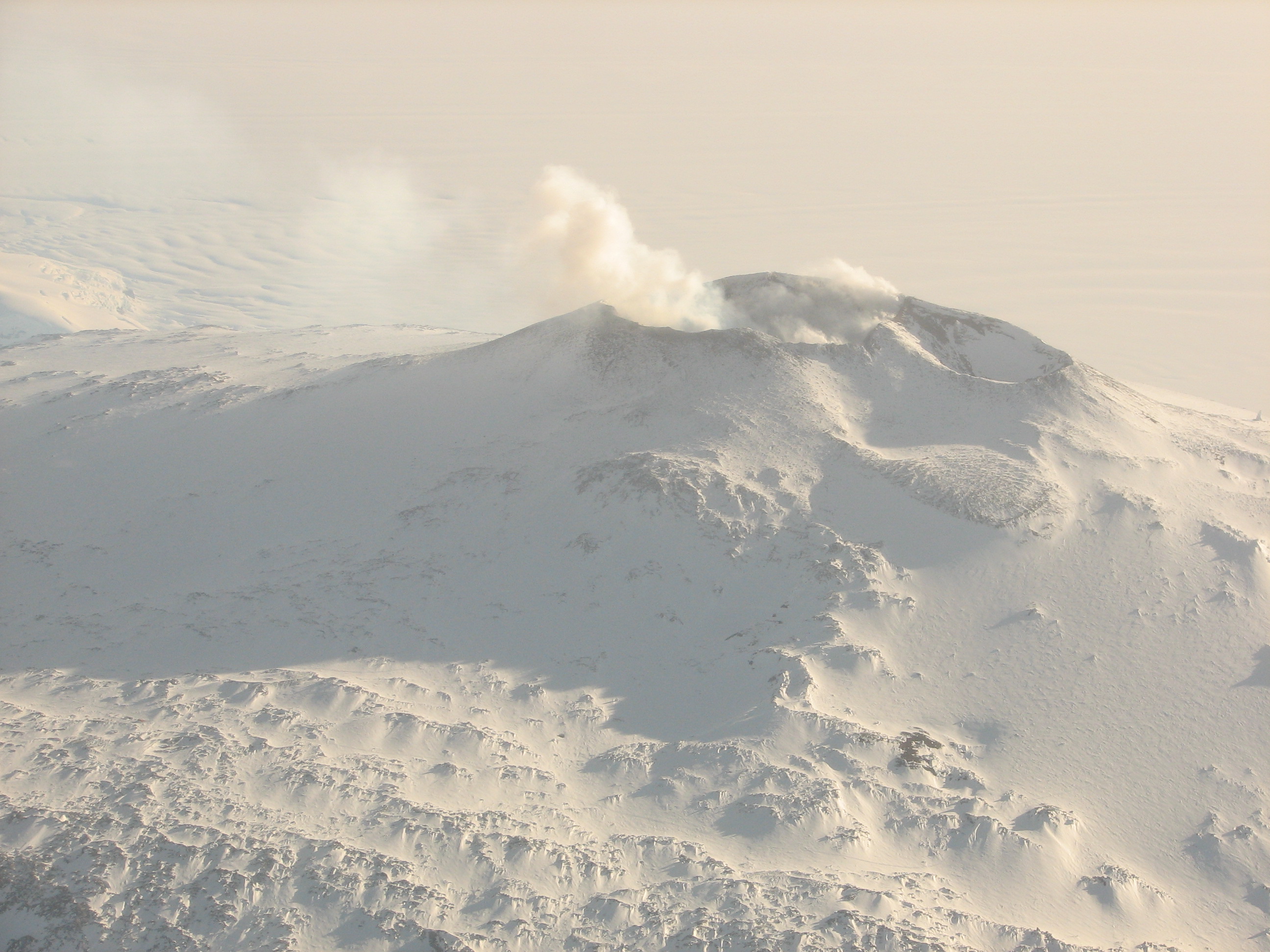

This final report acknowledged the change in flight plan but concluded that the principal cause of the crash was pilot error, specifically: The final report now known as the “Chippindale Report” after chief investigator Ron Chippindale, was released in May 1980. Helicopter dropping off the timber at campsite of the recovery operation, taken by the New Zealand Police Department The investigations team were able to retrieve both the cockpit voice recorder and the flight data recorder with the support of mountaineer support from the Face Rescue Squad. The site was laid out into a grid system for a detailed accounting of the wreckage. The mountaineers returned to the crash site where they erected polar tents and left caches of food and equipment for the parties.Ī helicopter pad was established and the longer task of recovering bodies and personal belongings was begun. Recovery and investigation parties were taken to the site in a Royal New Zealand Air Force C-130. They confirmed that all passengers and crew had been killed in the impact. The following morning, three mountaineers were lowered onto the Mount Erebus slope from a US Navy UH-1N helicopter. The weather was too poor for a landing but another helicopter circled the wreckage to confirm the Air New Zealand logo on the tail and that there was no sign of survivors. Finally at midnight, a US Navy Lockheed LC-130 Hercules spotted the wreckage on Mount Erebus. The search and rescue teams were initially searching the assumed flight path for hours. The DC-10 was not understood to be lost until hours later, when flight 901 failed to arrive at Christchurch. Photograph by R B Thomson, courtesy of the Antarctica NZ Pictorial Collection: HR87 They still believed they were flying west of Mount Erebus and were safely over water when they crashed into the mountain. The flight crew reported at 6,000 feet and reported that they were still visual and descending to 2,000 feet.

As a result of being on a different route, the aircraft never appeared on the controller’s radar. No one had informed the flight crew of the change and ATC were not aware. However, the flight plan had been changed before the flight to fix a mistake in the earlier route. The crew replied that they were clear of cloud and happy to proceed visually to McMurdo Station. The controller asked if they still needed the radar-controlled let-down below 10,000 feet through the cloud. The crew reported at 13,000 feet and at 10,000 feet.
MT. EREBUS WIKI MAC
The controller approved this and asked the flight crew to keep Mac Centre advised of their altitude. The crew reported in at 43 miles from the station and asked for approval to descend further, confirming that they had clear visibility. These sight-seeing flights regularly descended below the minimum safe altitude of 16,000 feet so that the passengers could gain a better view and take photographs.Īir Traffic Control at McMurdo Station (Mac Centre) was aware of this and the controller advised the flight that once the flight was within radar range, about 40 miles (65 km) from the station, the flight could descend safely down to 1,500 feet using the radar controlled let-down service. The flight descended over McMurdo Sound for a view of Mount Erebus and McMurdo Station. Neither of the pilots had ever flown to Antartica before and the flight engineer had only been there once. The flight was due to arrive over Antarctica shortly after noon NZST. The passengers were offered a champagne breakfast and three films about the Antarctic as they made their way south. Hillary’s friend Peter Mulgrew, a New Zealand mountaineer and yachtsman, filled in for Hillary as the commentator for the flight. Sir Edmund Hillary had been a guide on previous flights and had been scheduled for the 28th of November flight but cancelled in favour of a speaking tour in the US. The flight included an experienced Antarctic guide to explain the sights over the public address system. The Mount Erebus Disaster, as it came to be known, is famous not just for the tragic accident, New Zealand’s worst peacetime disaster, but also because the final accident report’s conclusion was overturned within a year.Īir New Zealand flight 901 was an all-day sight-seeing trip departing Auckland at 08:00 and then landing at Christchurch at 19:00 for refuelling before returning the passengers to Auckland at 21:00, 13 hours after departure. On the 28th of November 1979, a sight-seeing flight to Antartica crashed into Mount Erebus, killing all 257 on board.


 0 kommentar(er)
0 kommentar(er)
